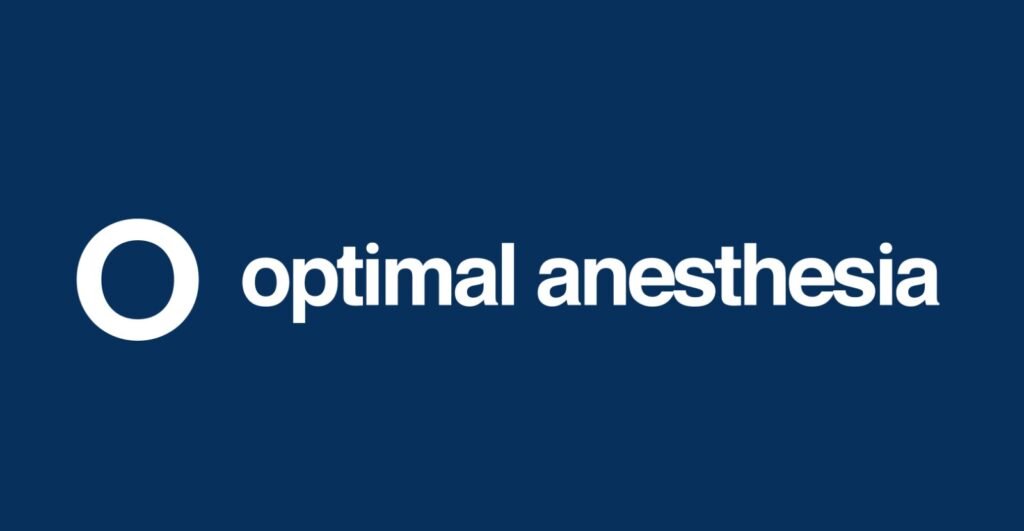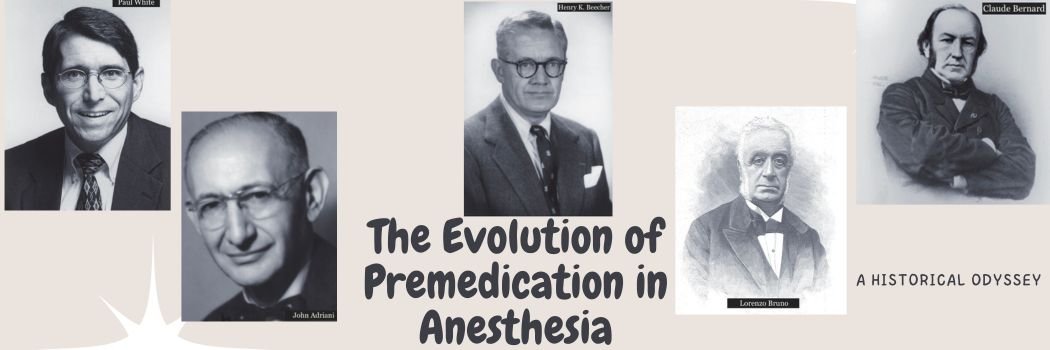The history of premedication in anesthesia is a captivating journey through time, reflecting the ever-changing landscape of medical science and surgical practice. Premedication, often described as the administration of drugs before anesthesia, has been shaped by diverse reasons and evolving purposes. Its story intertwines with the development of anesthetic agents, the availability of new drugs, changes in surgical techniques, and shifting medical priorities. In this article, we will delve into the fascinating history of premedication, tracing its evolution from ancient times to the modern era, and highlight key contributors who have shaped its course.
Ancient Times: Early Attempts at Pain Relief
Long before the discovery of modern anesthesia, surgery was a harrowing experience marked by excruciating pain. In an era devoid of sophisticated medical techniques, practitioners occasionally turned to substances like alcohol and opium/morphine to provide solace to patients. While these early remedies offered a degree of comfort, they could not truly replace anesthesia. This primitive period laid the foundation for future developments in premedication.
Premedication: The Ether and Chloroform Era
The mid-19th century ushered in a transformative period with the introduction of diethyl ether, commonly known as ether. Ether revolutionized surgery by rendering it painless, but it brought along its own set of challenges. Ether often irritated the airways, leading to coughing, breath-holding, and laryngospasms in patients undergoing anesthesia. Additionally, the induction of ether anesthesia was slow and frequently induced feelings of suffocation and claustrophobia.
In response to these challenges, premedication emerged as a crucial practice. Anesthetists began administering drugs such as morphine, scopolamine, or atropine before administering ether anesthesia. Notable contributors during this era include:
- Carl Ludwig Schleich: Advocated the use of scopolamine and atropine as premedication agents.
- Dudley Buxton: Promoted the use of morphine and scopolamine premedication in England in 1909.
- Lorenzo Bruno (1821–1900): In 1850, Lorenzo Bruno reported the use of morphine one hour before chloroform anesthesia to “lessen psychic trauma.”
Chloroform, while less pungent than ether, presented its own challenges, including the potential for inducing premature ventricular contractions, especially in anxious patients. To address these issues, clinicians began administering morphine and atropine before chloroform anesthesia, providing patients with a more comfortable experience.
The 20th Century: Advancements in Premedication
Entering the 20th century, the practice of premedication continued to evolve. In 1934, pentobarbital entered the premedication scene, offering greater sedation and significantly reducing postoperative nausea and vomiting compared to morphine. Notable contributors during this period include:
- Pierre Albrecht: Introduced pentobarbital as a premedication agent in 1934.
The 1950s witnessed a groundbreaking development with the introduction of the non-pungent anesthetic halothane. This innovation eliminated airway irritation during induction, reducing the need to mitigate airway responses with premedication. The focus shifted towards addressing patient anxiety and ensuring smoother transitions into anesthesia.
New Drugs and Changing Practices
In the subsequent decades, new drugs and changing surgical practices continued to shape premedication. In the 1970s and 1980s, the use of intramuscular injections of longer-acting morphine or pentobarbital an hour before anesthesia gave way to intravenous injections of the faster-acting fentanyl, administered just moments before induction. Fentanyl proved effective in reducing the sympathetic response to tracheal intubation.
Simultaneously, the 1980s introduced midazolam, a new benzodiazepine administered intravenously shortly before anesthesia induction. Notable contributors during this period include:
- Leo Sternbach: Developed midazolam as a benzodiazepine with anxiolytic properties.
- Henry K. Beecher (1904–1976): An influential anesthesiologist and researcher who played a significant role in advancing the understanding of pain and anesthesia.
In pediatric cases, midazolam was even administered orally to induce somnolence, making it easier for children to separate from their parents before surgery.
Paul White (1901–1973): An American anesthesiologist who contributed significantly to the development of anesthesia techniques.
John Adriani (1908–1988): Known for his contributions to the field of anesthesia, although specific contributions to premedication are not widely documented.
Claude Bernard (1813–1878): A French physiologist known for his pioneering work in various fields of medicine but not extensively associated with premedication in anesthesia.
Conclusion: A Testament to Progress
The history of premedication in anesthesia serves as a testament to the dynamic nature of medical science and the ever-evolving needs of patients. From ancient attempts at pain relief to the sophisticated premedication practices of the modern era, this journey reflects the relentless pursuit of patient comfort, safety, and the quest for more effective anesthesia induction methods. As we look back on this historical odyssey, we gain a deeper appreciation for the strides made in the field of anesthesiology and the vital role of premedication in improving patient outcomes.
( Images – Courtesy to The Wondrous Story of Anesthesia)


